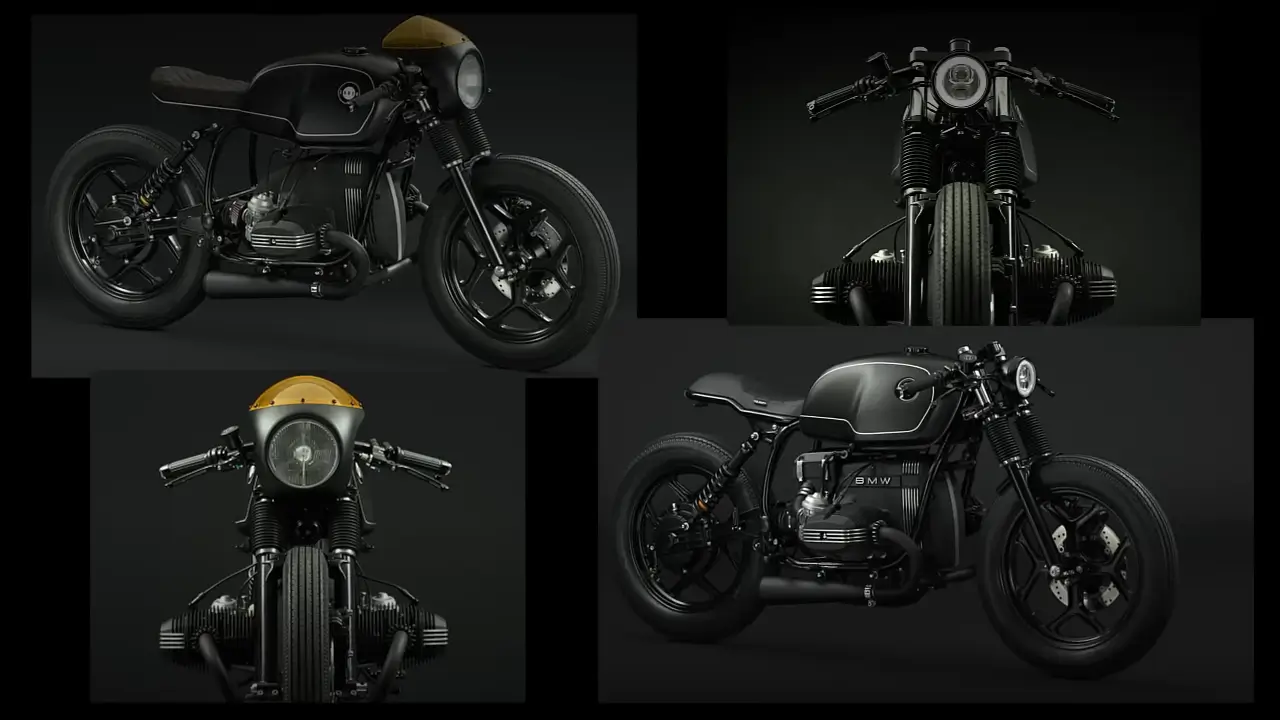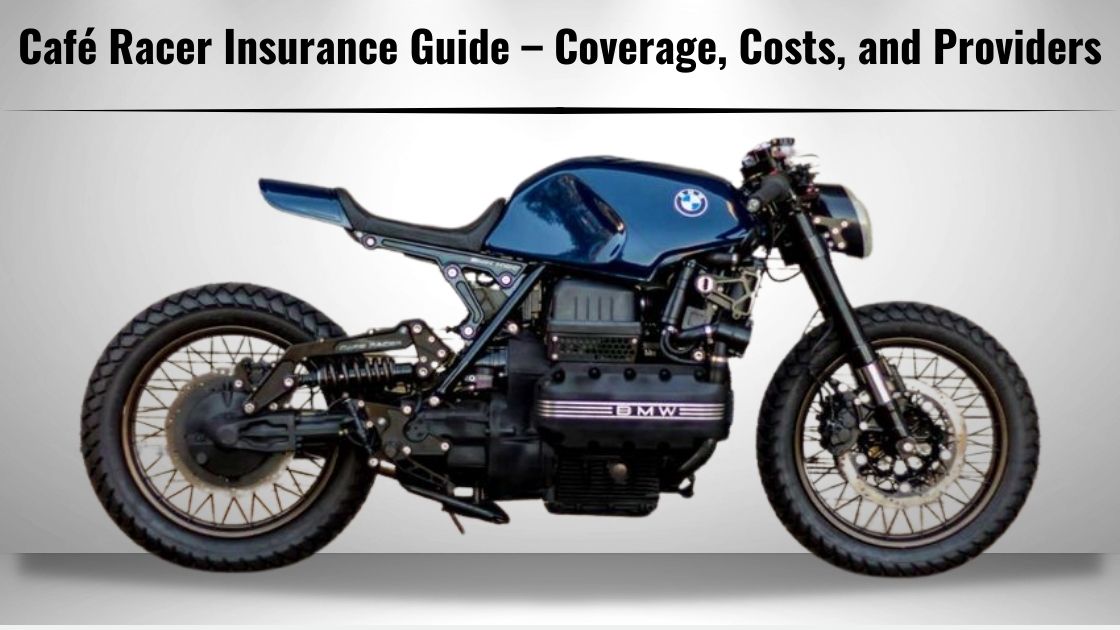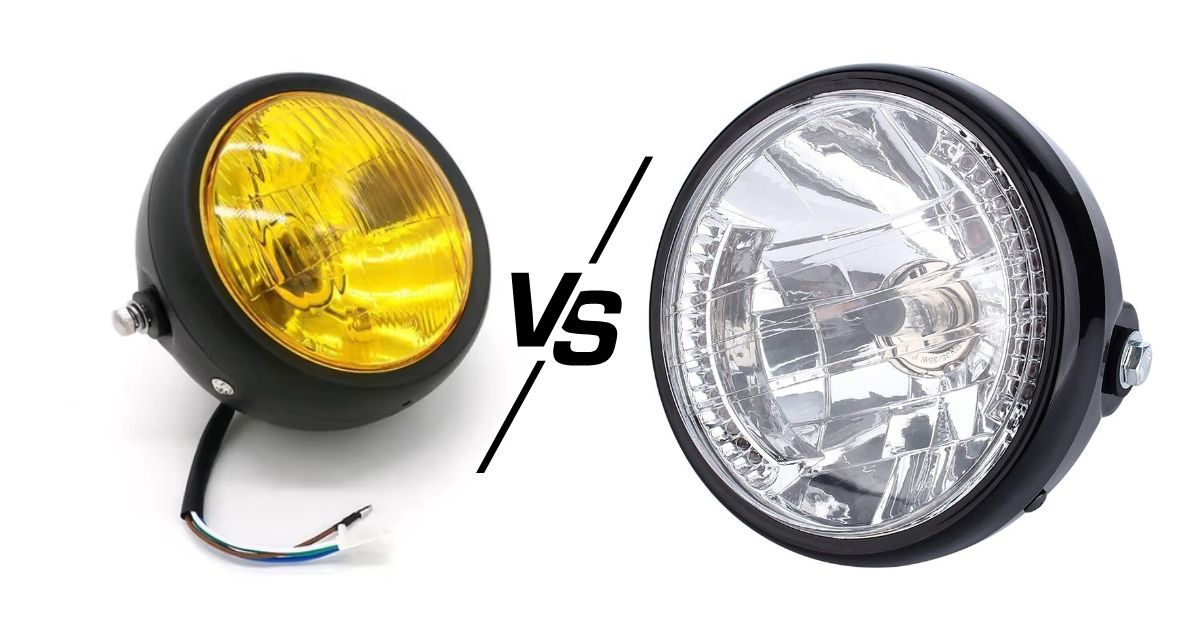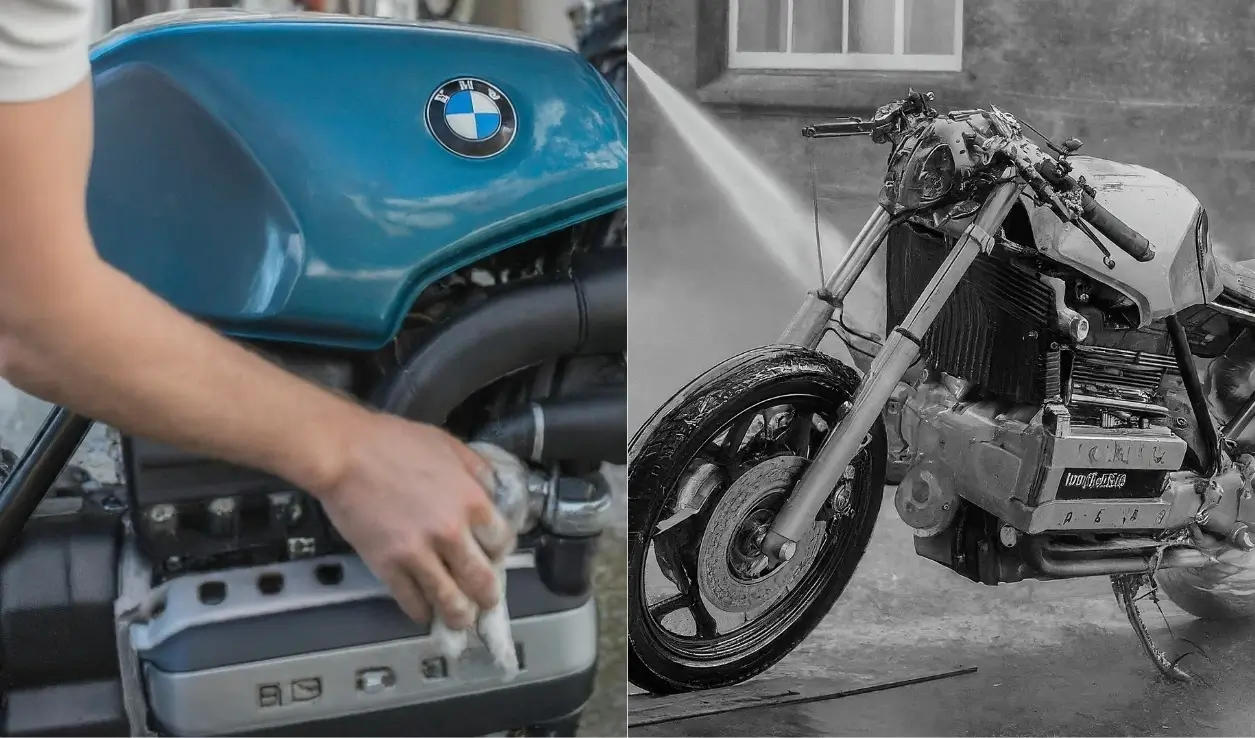Table of Contents
ToggleThe Honda CB750 is a legend among motorcycles. It’s a favorite for café racer builds because of its classic style and reliable performance. For many owners, the carburetor is the heart of this bike. It ensures smooth power delivery and keeps the engine running at its best.
Carburetor issues can cause trouble. Poor idling, misfiring, or starting problems are common signs. These can be frustrating, especially for riders who want their bikes to perform perfectly. The good news? Most carburetor problems can be fixed with the right tools and steps.
This guide explains how to solve common carburetor issues on a Honda CB750 café racer. It’s written for anyone who loves working on bikes. You’ll find clear steps to inspect, clean, and adjust the carburetor. No technical jargon. Just straightforward advice that helps you get back on the road.
How Does the Carburetor Work on a Honda CB750?
The carburetor in a Honda CB750 mixes air and fuel before sending it to the engine. This mix needs to be perfect for the engine to run smoothly. If the mix is too rich, the engine burns too much fuel. If it’s too lean, the engine doesn’t get enough fuel. Both cause problems.
The CB750 has four carburetors, one for each cylinder. These carburetors work together. They balance fuel and air for all cylinders. This balance is called synchronization. When the carburetors are not in sync, the bike runs unevenly. Riders often notice poor throttle response or engine vibration.
Many Honda CB750s use Keihin carburetors. These are reliable but need care, especially on older bikes. Dirt, old fuel, or worn parts can block passages inside the carburetor. This stops fuel from flowing correctly. Regular cleaning and adjustments keep them working well.
Understanding how your carburetor works is the first step to fixing it. It helps you spot problems early and solve them quickly.
Common Carburetor Issues in Honda CB750 Café Racers
Carburetor problems can cause a lot of frustration. They affect how your bike runs and feels on the road. Here are the most common issues riders face:
- Clogged jets
Dirt or old fuel can block the jets. This reduces fuel flow and affects performance. The bike may feel sluggish or fail to start. - Air leaks
Cracks in rubber boots or loose clamps can let extra air into the system. This makes the engine run lean. You may notice backfiring or hesitation. - Worn-out gaskets
Old gaskets lose their seal over time. This causes fuel or air to leak. It can make the engine idle unevenly. - Improper float levels
The float controls how much fuel enters the carburetor. If the level is wrong, the engine may flood or starve for fuel. - Unbalanced carburetors
All four carburetors need to work together. Poor synchronization leads to rough idling and uneven power.
These problems often show up as:
- Hard starting.
- Poor idling.
- Misfires during acceleration.
- Bad fuel economy.
Recognizing these signs helps you pinpoint the issue faster. Fixing these common problems restores your bike’s performance. It also prevents further damage to the engine.
Step-by-Step Guide to Diagnosing Carburetor Issues
Fixing carburetor problems starts with a proper diagnosis. Follow these steps to identify the issue.
Step 1: Visual Inspection
- Check the carburetor for fuel leaks. Look for wet spots around the seals or hoses.
- Inspect the rubber boots connecting the carburetor to the engine. Cracks or damage allow air to leak in.
- Examine the exterior for dirt, rust, or worn parts. Dirt buildup often blocks fuel or air passages.
Step 2: Check Throttle Response
- Open and close the throttle. The movement should feel smooth. Sticking or uneven movement means a problem with the cables or the carburetor linkage.
Step 3: Listen for Engine Sounds
- Start the engine and listen carefully. Popping, backfiring, or a high-pitched whine often signals air leaks or improper fuel flow.
Step 4: Inspect the Spark Plugs
- Remove the spark plugs and examine the tips. Black or wet plugs indicate a rich fuel mix. White or ashy plugs show a lean mix. This helps you identify if the carburetor is providing too much or too little fuel.
Step 5: Perform a Compression Test
- Ensure the engine has proper compression. Low compression can mimic carburetor problems. This test confirms the issue lies with the carburetor.
Each of these steps points to specific problems. A thorough inspection helps you narrow down the cause. Once you know the issue, you can fix it confidently.
Tools and Equipment Needed for Carburetor Maintenance
Having the right tools makes carburetor maintenance easier. Here’s a list of what you need:
Essential Tools
- Screwdrivers: Flathead and Phillips sizes for removing small screws.
- Wrenches: Metric wrenches for loosening bolts and clamps.
- Carburetor Cleaner: A spray cleaner to remove dirt and old fuel from parts.
- Compressed Air: Used to blow out clogged jets and passages.
- Socket Set: Needed to remove parts connected to the carburetor.
Safety Gear
- Gloves: Protect your hands from chemicals and sharp edges.
- Safety Glasses: Prevent spray or dirt from getting in your eyes.
Optional Tools
- Vacuum Gauge: Helps with synchronizing carburetors.
- Fuel Line Clips: Keeps fuel lines secure during disassembly.
- Small Brushes: For scrubbing jets and carburetor components.
These tools let you clean, inspect, and adjust the carburetor efficiently. Avoid skipping safety gear. It protects you during the process.
Detailed Carburetor Cleaning and Rebuilding Process
Cleaning and rebuilding the carburetor restores its function. Follow these steps carefully to complete the process.
Step 1: Remove the Carburetor Assembly
- Turn off the fuel valve. This prevents fuel from spilling.
- Disconnect the fuel lines, throttle cables, and choke cables. Keep track of their positions.
- Unbolt the carburetor from the engine. Place it on a clean surface for disassembly.
Step 2: Disassemble the Carburetor
- Separate the carburetors if they are attached as a bank.
- Remove the float bowl. This is the lower part of the carburetor where fuel collects.
- Take out the jets, needles, and float. Handle these small parts carefully to avoid losing them.
Step 3: Clean the Components
- Spray carburetor cleaner on all parts. Focus on jets and passages where dirt builds up.
- Use a small brush or soft wire to clear stubborn debris. Avoid damaging the parts.
- Blow compressed air through the jets and passages to ensure they are clear.
Step 4: Inspect and Replace Worn Parts
- Check the gaskets and O-rings for wear or cracks. Replace them with new ones.
- Inspect the float needle. Replace it if it looks damaged or worn.
Step 5: Reassemble the Carburetor
- Put the parts back in reverse order. Make sure everything fits tightly and is aligned.
- Attach the float bowl securely to prevent fuel leaks.
Step 6: Reinstall the Carburetor
- Reconnect the throttle cables, choke cables, and fuel lines.
- Bolt the carburetor back onto the engine. Tighten all connections properly.
A clean and rebuilt carburetor works like new. This process removes blockages and fixes minor issues. Regular maintenance prevents problems from returning.
Adjusting and Synchronizing the Carburetors
After cleaning or rebuilding the carburetor, adjustments are necessary. These steps ensure the engine runs smoothly and delivers power evenly.
Step 1: Set the Float Level
- Open the carburetor to access the float.
- Use a small ruler to measure the float height.
- Adjust the metal tab on the float if the height is not correct. Follow the manual’s recommended measurement.
Step 2: Adjust the Air-Fuel Mixture Screws
- Turn the air-fuel mixture screw clockwise to tighten it lightly. Then turn it back out to the manual’s specified number of turns.
- Start the engine. Adjust the screws slightly until the engine idles evenly.
Step 3: Synchronize the Carburetors
- Attach a vacuum gauge to each carburetor. This tool measures the air pressure from each one.
- Start the engine and let it warm up.
- Adjust the synchronization screws between the carburetors. Match the vacuum readings for all four. This step balances the airflow and ensures smooth operation.
Step 4: Test the Throttle Response
- Rev the engine gently. Listen for smooth acceleration and quick response.
- Check for any hesitation or uneven power delivery. These signs may mean further adjustment is needed.
Proper adjustments improve performance. The engine idles evenly, accelerates smoothly, and delivers better fuel efficiency. Repeat these steps after major repairs or adjustments to maintain peak performance.
Preventative Maintenance Tips
Regular maintenance keeps the carburetor in good condition. It also helps you avoid bigger problems later. Here are some simple steps you can follow.
Use Clean, High-Quality Fuel
- Avoid using fuel with too much ethanol. It can damage carburetor parts over time.
- Use fuel additives to clean the system and prevent buildup.
Run the Engine Regularly
- Start the bike often, even during long breaks. This keeps fuel from sitting and turning stale.
Inspect the Carburetor and Connections
- Check the carburetor for dirt, leaks, or loose parts. Fix small problems before they become bigger issues.
- Look at the rubber boots for cracks. Replace them if needed to stop air leaks.
Drain the Float Bowls
- Empty the float bowls before storing the bike for a long time. This prevents fuel from gumming up inside.
Clean the Air Filter
- Make sure the air filter is clean and free of dirt. A clogged filter makes the engine work harder and affects performance.
Stick to a Maintenance Schedule
- Check the manual for recommended maintenance intervals. Follow them to keep the carburetor and engine running smoothly.
Taking care of the carburetor saves time and money. It ensures your bike stays reliable and fun to ride.
When to Seek Professional Help
Some carburetor problems can be hard to fix at home. Sometimes, the tools or skills needed go beyond basic repairs. Here are signs that it may be time to visit a professional.
Persistent Issues After Cleaning and Adjustments
- The engine still misfires, idles rough, or lacks power.
- Synchronization does not improve performance.
Serious Wear or Damage
- The carburetor has cracks, warping, or other visible damage.
- Parts like jets or needles are stuck and cannot be removed safely.
Complex Repairs or Replacements
- Major parts like the throttle shaft or carburetor housing need replacement.
- You cannot source the correct parts for rebuilding.
Lack of Confidence
- You feel unsure about disassembly or adjustments.
- Detailed steps seem too complicated or risky.
A professional mechanic has the tools and experience to handle these situations. Many shops specialize in vintage bikes like the Honda CB750. They understand the unique challenges and can restore the carburetor to proper working condition.
Fixing things yourself can be rewarding. But knowing when to seek help prevents bigger problems. It ensures your bike stays safe and reliable.
Conclusion
A healthy carburetor keeps your Honda CB750 café racer running strong. Most carburetor problems come from dirt, wear, or poor adjustments. With the right tools and steps, you can fix these issues and enjoy a smooth ride.
Start with a proper diagnosis. Identify leaks, clogs, or worn parts. Clean the carburetor and rebuild it if needed. Adjust the float levels and air-fuel mixture screws carefully. Synchronize the carburetors to balance the engine. Regular maintenance, like cleaning the air filter and using good fuel, prevents most problems.
Some repairs require expert help. Serious damage or complex adjustments are better handled by a professional. This saves time and avoids costly mistakes.
Take care of the carburetor. Your bike will reward you with reliable performance and a better riding experience.
FAQs
How often should I clean the carburetor on my Honda CB750 café racer?
It’s best to clean the carburetor every 6,000 miles or once a year. Regular cleaning prevents clogs and keeps the engine running smoothly.
What are signs that my carburetor needs adjustment?
Watch for rough idling, poor acceleration, or black smoke from the exhaust. These signs mean the carburetor may need adjustment.
Can I use any fuel additives to help maintain my carburetor?
Yes, using a fuel system cleaner every few months helps remove deposits and keeps the carburetor clean. Always follow the product instructions.
Is it necessary to synchronize the carburetors after cleaning?
Yes, after cleaning, synchronize the carburetors to ensure each cylinder gets the right fuel-air mix. This step improves performance.
What should I do if my bike still runs poorly after carburetor maintenance?
If problems continue, check for other issues like vacuum leaks, ignition problems, or low compression. Consult a professional mechanic if needed.








